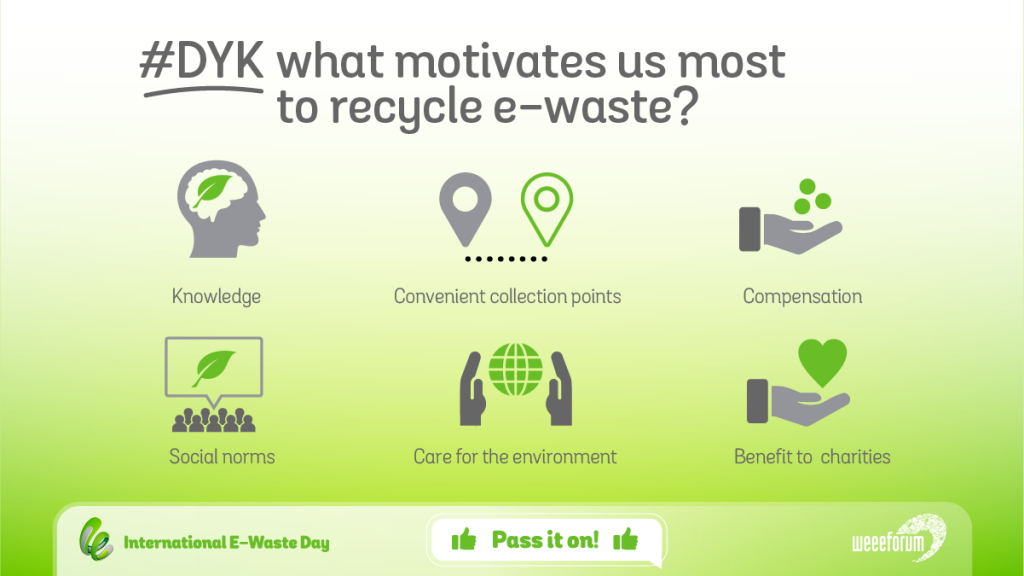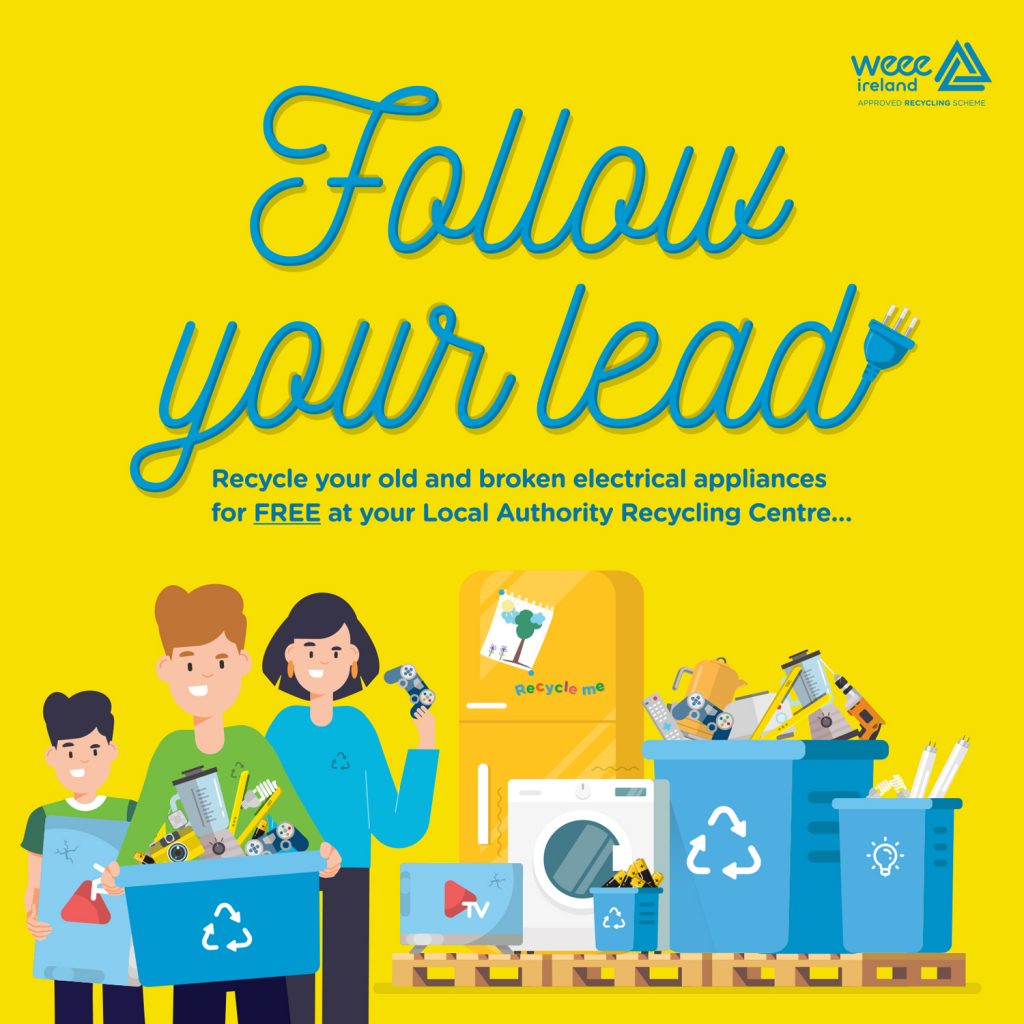This year’s world mountain of waste electronic and electrical equipment (WEEE) will total about 57.4 million tonnes - greater than the weight of the Great Wall of China, Earth’s heaviest artificial object.
On International E-Waste Day this Thursday, October 14th, leading experts are calling on households, businesses and governments to support efforts to get more end of life or unused plug-in or battery-operated products to authorised facilities, where they can be either repaired or recycled.
Global e-waste production is growing annually by 3 to 4%, a problem attributed to higher consumption rates of electronics, shorter product lifecycles and limited repair options.
In Ireland almost 60 million household electrical appliances, tech devices and lighting equipment were placed on the market in 2020, with annual consumption rising from 15kg a head in 2016 to 21kg a head last year.
Irish homes contain an average of 15 to 20 electrical items which are broken or unused, according to WEEE Ireland, one of the best performing recycling schemes in Europe. And new EU data indicates that each person is responsible for an average of 4 to 5kg of hoarded electrical waste.

By weight, discarded big appliances such as microwaves, ovens and refrigerators constitute the largest component of the e-waste problem.
“Recycling one microwave weighing around 11.5 kg or a vacuum cleaner weighing 4kg goes a long way towards hitting our recycling targets and getting valuable rare earth metals back into our system to be put to good use,” said Leo Donovan, CEO of WEEE Ireland, on the day of its member conference.
“The longer we delay that long-overdue declutter and hoard electrical items that have reached their end of life, the longer we have to continue mining for materials, causing serious environmental damage.
“Not only does it require a lot more energy to recover metals from the ground than it does to recover it from recycling, but there is only a limited amount of these materials on earth.”
To mark International E-Waste Day, WEEE Ireland has challenged families to become e-detectives in October and follow electrical leads around their homes to identify at least 5 hoarded devices that are beyond repair and ready for recycling.
“85% of all material that we collect is recovered for use again in manufacturing through both indigenous operators and specialist processors in Europe, meaning our recycling efforts have a significant impact on the environment.”
“This year’s focus for International E-Waste Day is the crucial role each of us has in making circularity a reality for e-products,” said Pascal Leroy, Director General of the WEEE Forum, the organisation behind International E-Waste Day.
Ruediger Kuehr, Director of the SCYCLE Programme and Head of UNITAR’s Office in Bonn, says the potential volume of rare earth materials of the world’s “urban mines” is enormous.
“Embedded in 1 million cell phones, for example, are 24 kg of gold, 16,000 kg of copper, 350 kg of silver, and 14 kg of palladium -- resources that could be recovered and returned to the production cycle. And if we fail to recycle these materials, new supplies need to be mined, harming the environment,” said Dr. Kuehr.
